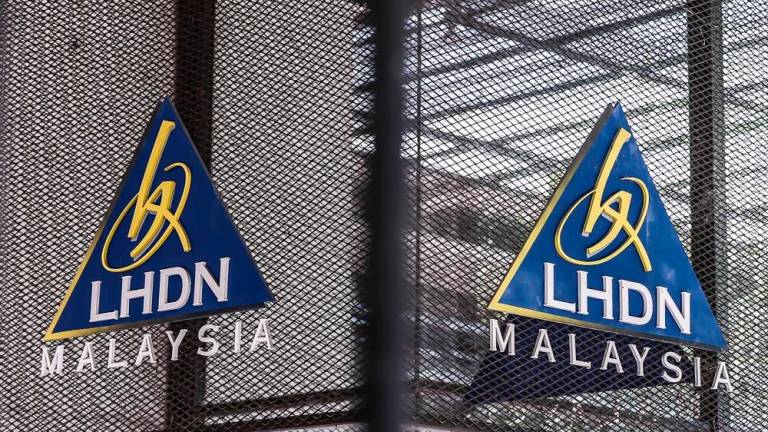IN the Malaysian residential property market, you will sometimes hear the term “semi-D house”. So what exactly is a semi-D house? While it sounds slightly intricate, it really is just an abbreviation for “semi-detached”.
What is a semi-D house?
As its name implies, a semi-detached house is partly detached from neighbouring units. In other words, the house is only attached to a unit on one side, sharing a common wall with the unit it is attached to. In most developments, two semi-D units attached to one another are mirror images of each other.
On the “detached” side, there is typically a strip of land between the house and the perimeter fencing or wall. This feature of a semi-D house design means you can walk from the front to the back portion without having to enter the house.
Traditionally, the term semi-D was used when referring to a landed property with individual titles. Still, in recent years, developers have come up with terms such as semi-D cluster, semi-D condo and even semi-D in the sky.
A semi-D cluster refers to a semi-detached house located within a gated and guarded community. This type of property is known as a cluster house and usually comes with a strata title. A semi-D condo or semi-D in the sky is a marketing term for condo units that are attached to another unit only on one side, either because there are fewer units on one floor or because of the unique layout design which provides more privacy to its occupants.
What is the difference between a semi-D house and a terrace house?
A semi-D shares a common wall with a neighbouring unit only on one side while a terrace house is sandwiched between two units. The only exception to this is the corner lots of terrace houses, which are technically also semi-detached.
In Malaysia, semi-detached houses tend to be slightly bigger than terrace houses. Semi-detached houses also typically have a larger outdoor or garden area because of the land on the unattached side of the unit.
What is the difference between a semi-D house and a detached house?
A detached house refers to a unit that stands on its own within its own compound and is not attached in any way to the neighbouring unit. In Malaysia, it is also commonly known as a bungalow. You can walk around the perimeter of a detached house without having to enter the house, as shown below.
What are the advantages of staying in a semi-D house?
One of the biggest advantages of staying in a semi-D house is that you have a bigger outdoor area. This would be attractive to homeowners who enjoy gardening or having that extra outdoor space for an alfresco lounging area. With a wider land area, it is also more likely that owners of semi-D houses can park an extra car or two outside of their unit.
According to senior real estate negotiator Cruz Looi from Kith & Kin Realty, semi-D houses are better suited for families with children and offer more privacy than a terrace house. Besides that, a semi-D unit is only connected to another unit on one side, so you at least have a buffer on the other side. If you have noisy neighbours, you will only have to deal with noise on one side of your house.
What are the disadvantages of staying in a semi-D house?
Cruz said that one of the main disadvantages is that renovations can be tricky because you will have to consult with your neighbour if you want to renovate or extend your house. You will also have to spend more on maintenance due to the larger land area.
Is a semi-detached house a good investment?
“Semi-D houses in the Klang Valley are not a very good investment if you are looking for rental returns because the rental yield is typically low, where they hover around 3%,” said Cruz.
However, he said that this type of home is a good investment in the medium or long term due to the scarcity of land and there is an increasing demand for this type of landed property.
Buyers and renters of semi-D houses tend to be families with children. “We see more expatriates renting semi-D houses in suburban areas while more local families would rent semi-D houses in the outskirts,” Cruz said.
Therefore, buying a unit would be a good investment in the long run if you are looking at a semi-D house for your family or to upgrade your current home.
This article was first published as ‘What is a semi-D house and should you buy one?’ on iProperty.com.my and is written by Karr Wei.










